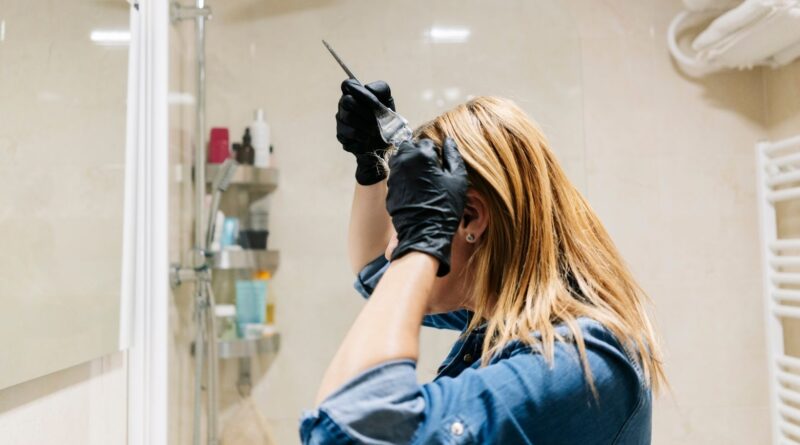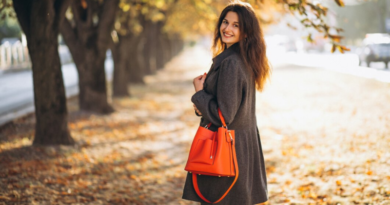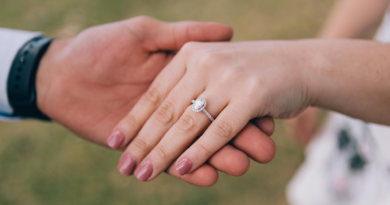How to Use Hair Dye Safely for Sensitive Skin?
For many, dyeing their hair is an integral part of their personal style and it can be hard to imagine going without, especially if you have become attached to your shade of choice. Fortunately, there are plenty of ways to dye your hair without endangering your skin or health. In this guide, we’ll discuss the risks that hair dye poses to sensitive skin and the healthy alternatives available to you. We’ll also cover some basic rules of dyeing your hair safely that apply no matter what type of hair you have.
What are the risks of using hair dye?
Hair dye can cause irritation, redness, and stinging; it can also cause serious allergic reactions. If you’re healthy and have normal skin, though, your risk of experiencing side effects is low. On rare occasions, people with sensitive skin experience these effects after using hair dye: Your scalp burns or feels like it’s on fire The inside of your mouth swells up Your lips swell and itch The back of your throat burns You develop an upset stomach Allergic reactions are more common in adults than children; if you have ever had a severe reaction after coloring your hair before, consider discussing with a doctor whether to use colorants again in future.
What can I do if I have sensitive skin?
If you have sensitive skin, it’s a good idea to stick with products that are hypoallergenic and made specifically for your skin type. If you suffer from eczema or rosacea, it might be best to avoid all beauty products—at least until your condition improves. If you want some fun hair colors but know that you can’t take any risks, consult a dermatologist or allergist. He or she can help determine which dyes are safe and which ones aren’t—and steer you toward brands and products that won’t irritate your skin. A professional can also provide color options that minimize damage, such as semi-permanent hair dye (which coats strands rather than penetrating them) and low ammonia formulas.
Should I use a colorant-free alternative instead?
If you’re concerned about potential hair dye risks, there are plenty of colorant-free alternatives that use all-natural ingredients. These products use plant or fruit dyes, which don’t contain many of the chemicals found in chemical dyes and can deliver great results without irritating sensitive skin. I recommend trying a product like Naturtint henna hair dye, which uses crushed leaves from cassia tree to create an orange color—it blends well with all hair colors and doesn’t change your hair texture. At around $10 per box (each kit contains 1/2 oz.
How To Test Colorant-Free Alternatives
If you are looking for a colorant-free alternative, it is important to test what works and what doesn’t. A company called Lush makes one of my favorite alternatives with their American Cream conditioner. You might need a shampoo and conditioner combination to get rid of your scalp issues if you have particularly sensitive skin. It might be possible that no brand will work because each person has different reactions, but most often one or two brands can fix these issues. There are other conditions besides personal style, so make sure your endocrine system is in order before taking on hair dye! I hope these tips help! Best of luck with your new look, don’t forget makeup doesn’t make you beautiful either. 🙂
Helpful Tips on Applying Hair Color Without Damaging Your Scalp
Hair dye is typically made with harsh chemicals that strip hair of its natural oils and can dry out your scalp. This can cause issues like dandruff, skin irritation and itchyness. To protect your scalp during coloring, opt for dyes formulated specifically for sensitive skin or buy color in a powder form (like Manic Panic or Special Effects). Apply lightly, focusing on parts where hair is most damaged and leaving some untouched. The less dye you use, especially near your scalp, the better off you’ll be. Once it’s applied, wash your hands thoroughly before touching other parts of your body; you don’t want to transfer any dye onto yourself by accident! If possible, wait until an hour after hair coloring to do anything that might get dye particles onto your face—think things like putting your head back while taking a sip of coffee or using oil-based hair products. If you’re worried about staining, wear gloves when applying color. After washing it all out later, follow up with an unscented moisturizing conditioner to keep hair soft without adding buildup from product ingredients—just remember to skip conditioners containing essential oils if you have oily hair. Remember: You needn’t give up personal style because of sensitive skin!
Helpful Tips on Buying Hair Color Without Harming Your Scalp or Skin
Formulas containing para-phenylenediamine (PPD) or resorcinol can be damaging and cause scalp, skin, and eye irritation. So how do you find hair dye that’s safe? The best way is through a salon. If you go to a professional, they should know all about hair dye risks and which brands are safer than others. However, if you decide to use hair dye at home anyway, make sure it doesn’t contain PPD or resorcinol on any of its ingredients lists. Instead, look for hair color products that say formaldehyde free (which means no formaldehyde gas was used in production). Also avoid hair dyes containing peroxide and ammonia. They often aren’t as strong but have their own chemical risks—most notably irritant dermatitis from peroxide exposure. Moreover, both of these chemical compounds can fade your color over time if used too frequently.
Final Words
You’ve had a lot of good intentions and you’ve spent a lot of money on professional hair coloring in an attempt to maintain a youthful appearance. We all know that time is not always our friend, but it turns out that both personal style and Hair Dye Risks have more in common than you think. Although there’s been no scientific link between hair dyes and cancer, some women experience negative effects from coloring their hair, including persistent itching or redness of the scalp. If you have sensitive skin, follow these healthy tips about how to use hair dye safely for your own beauty routine.




